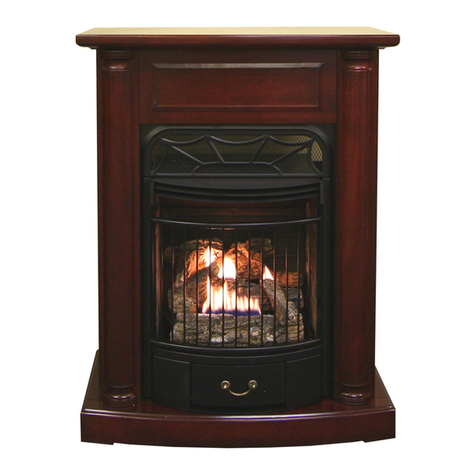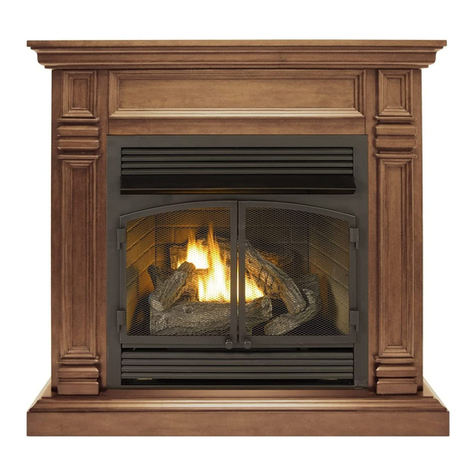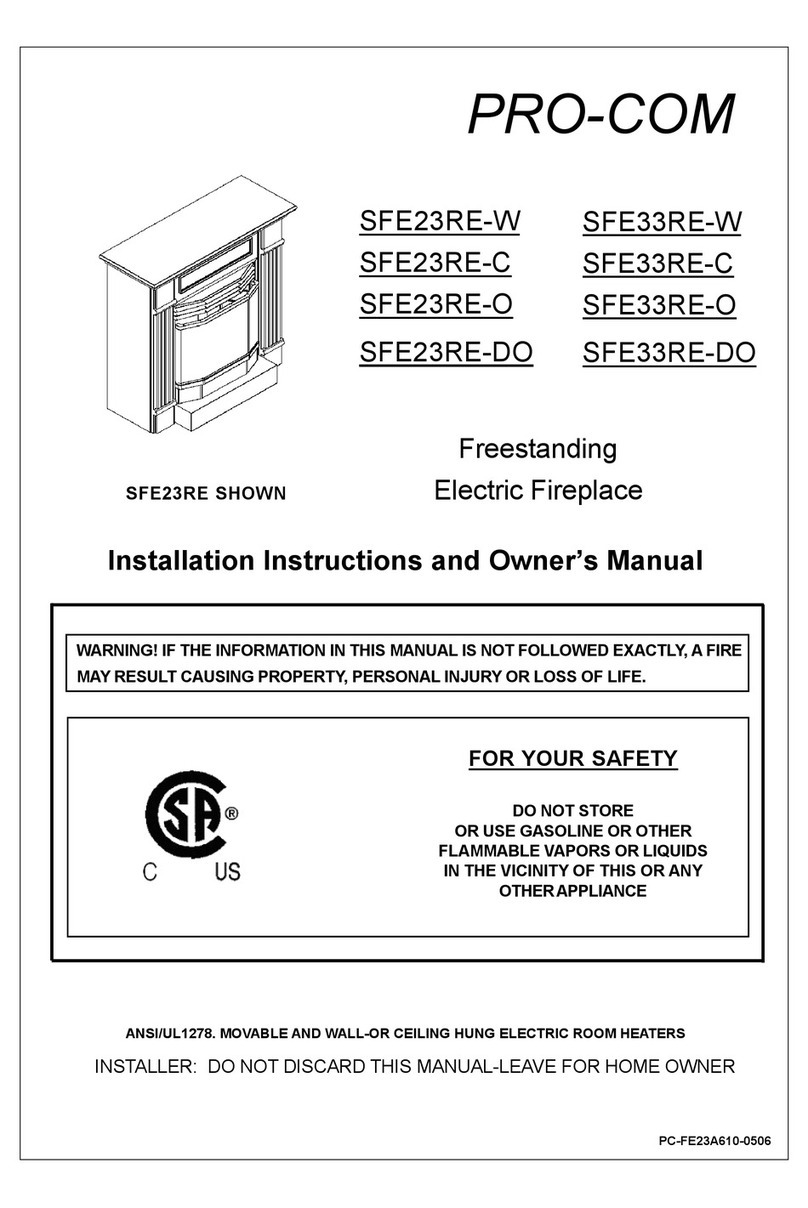Procom RD-C User manual




















Table of contents
Other Procom Indoor Fireplace manuals

Procom
Procom PC32VFC Quick start guide
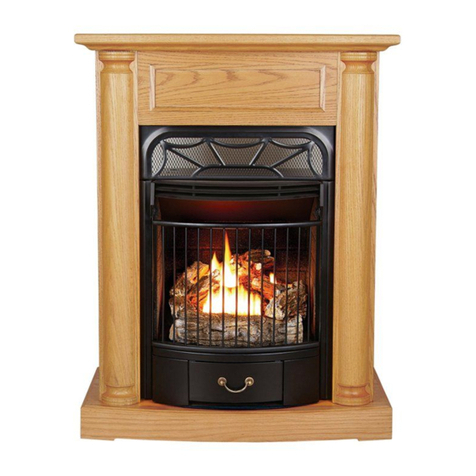
Procom
Procom EDS200T-HC User manual
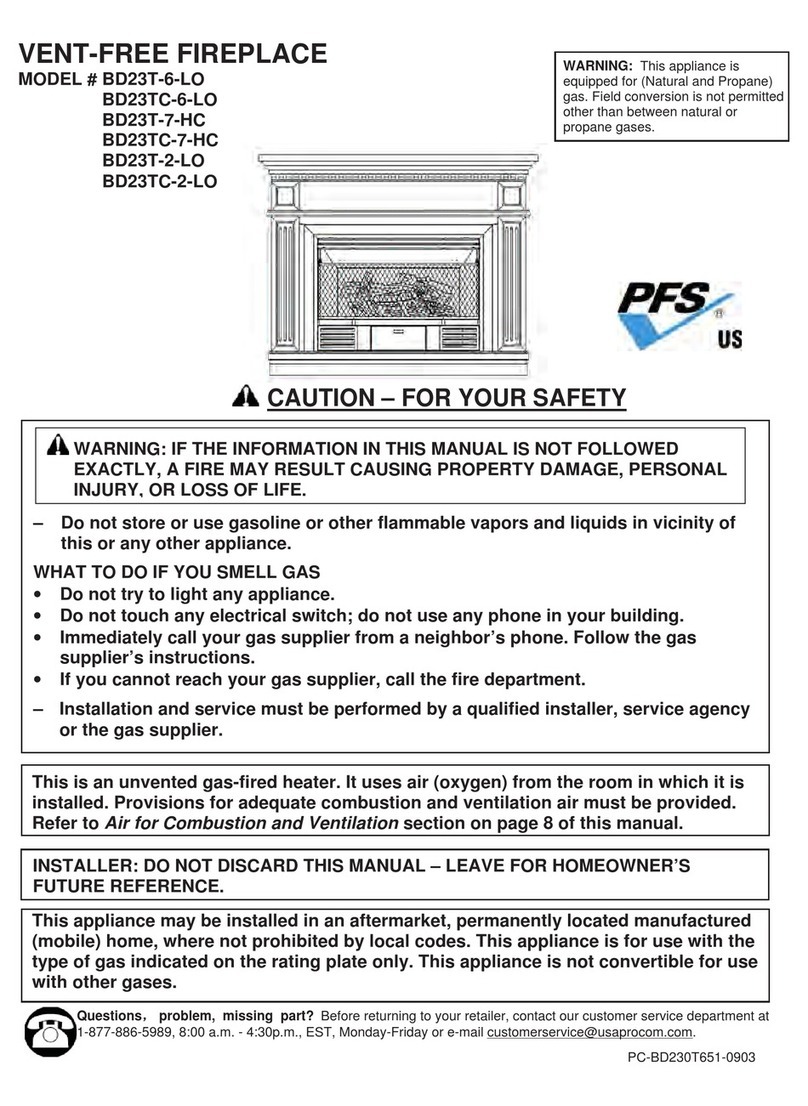
Procom
Procom BD23T-6-LO User manual
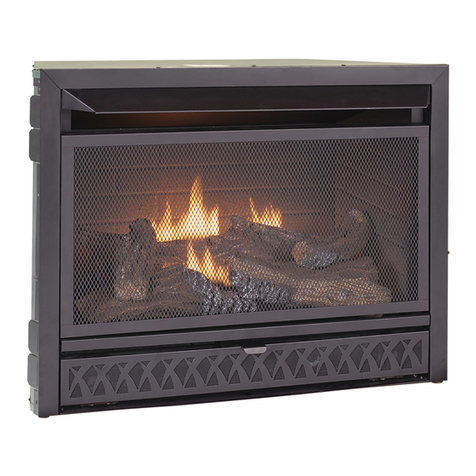
Procom
Procom FBD28T Quick start guide

Procom
Procom V50TYLA-BC Assembly instructions

Procom
Procom AL500HYLA Quick start guide
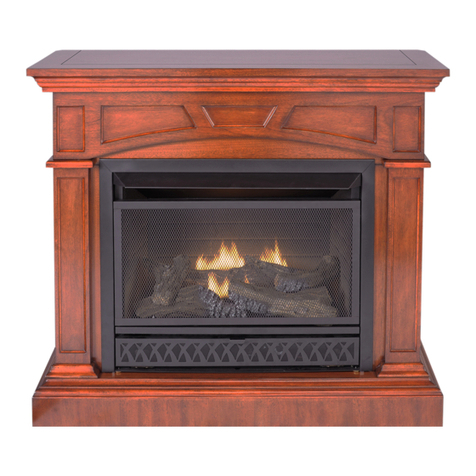
Procom
Procom FBD28TCC-M-HC User manual
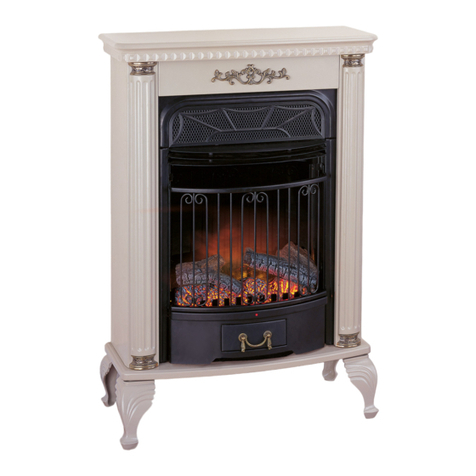
Procom
Procom V50TYLA-B Assembly instructions

Procom
Procom FBD28T User manual
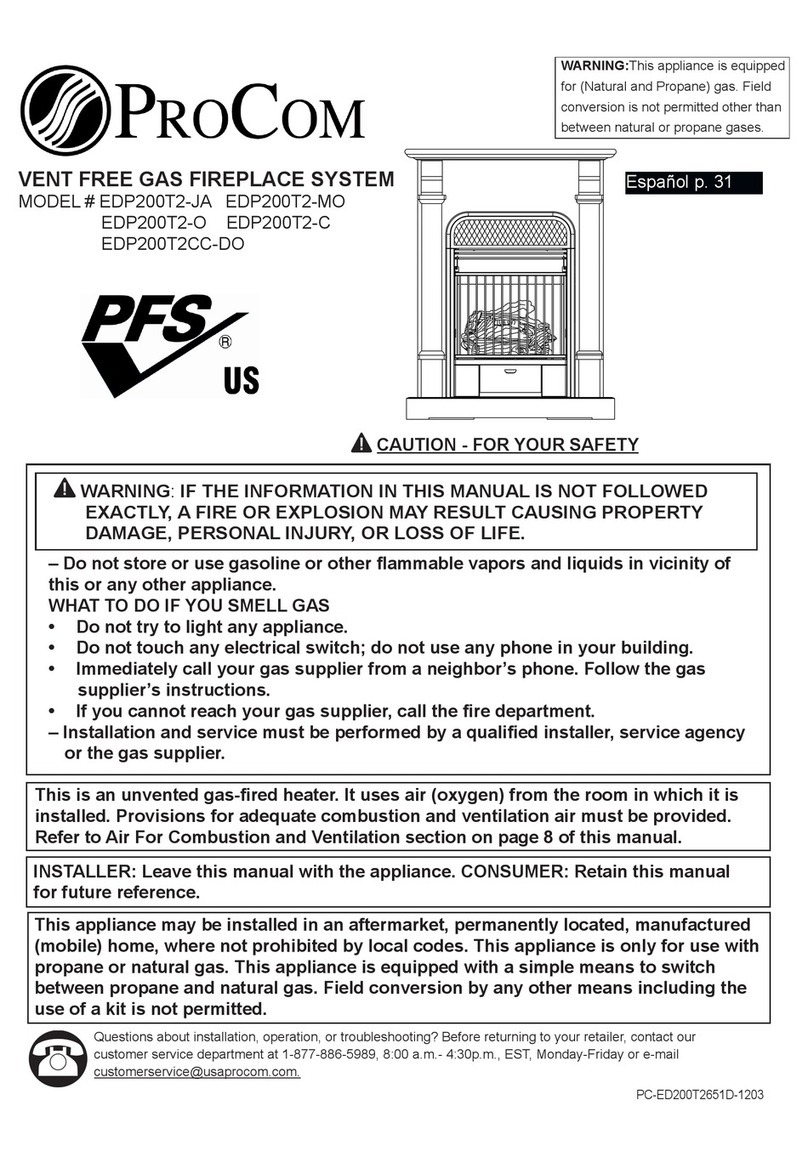
Procom
Procom EDP200T2-JA User manual
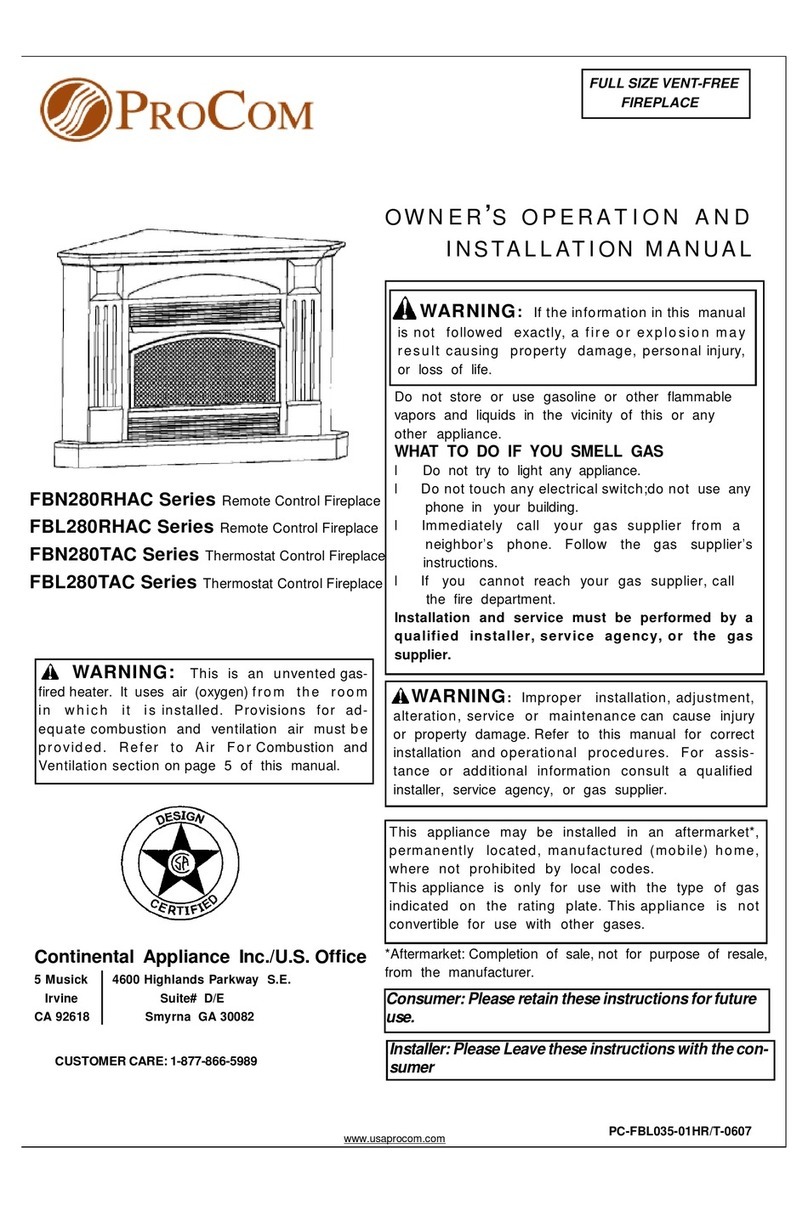
Procom
Procom FBN280RHAC Series Quick start guide
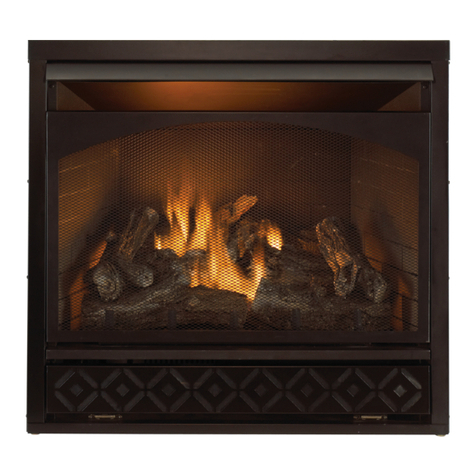
Procom
Procom FBD32RT User manual
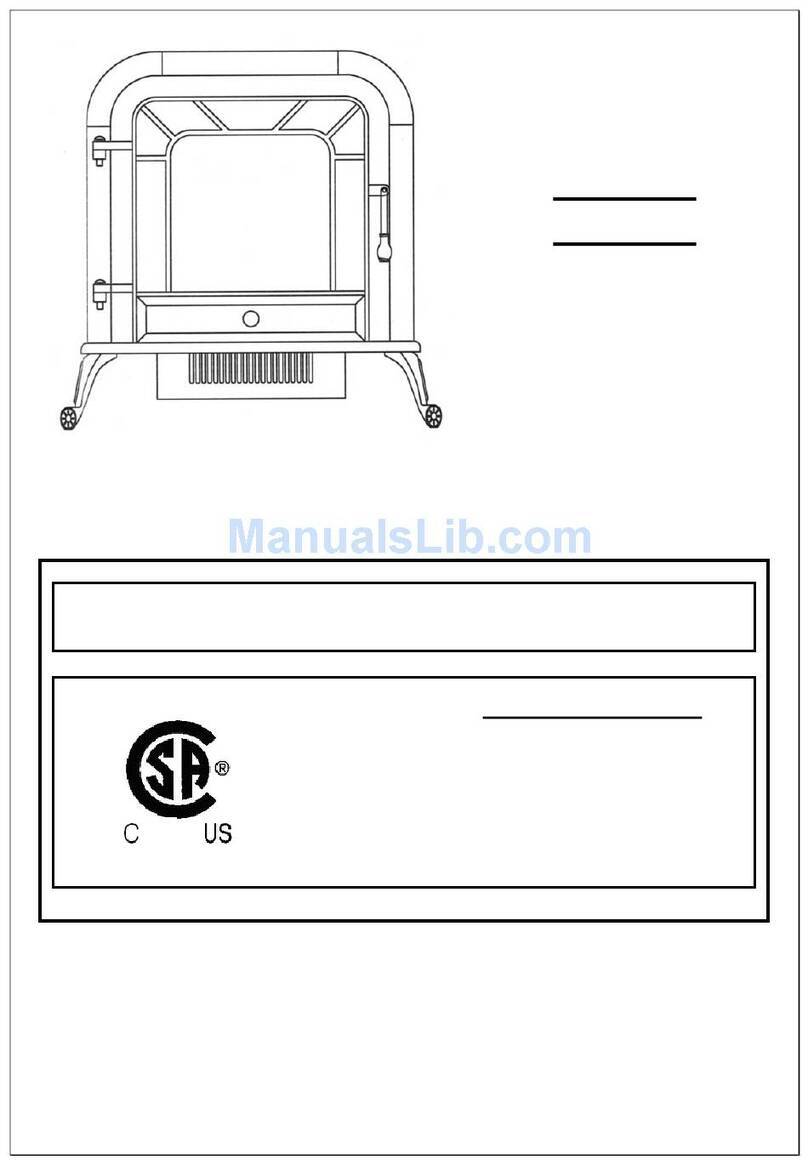
Procom
Procom V50HYLC User manual
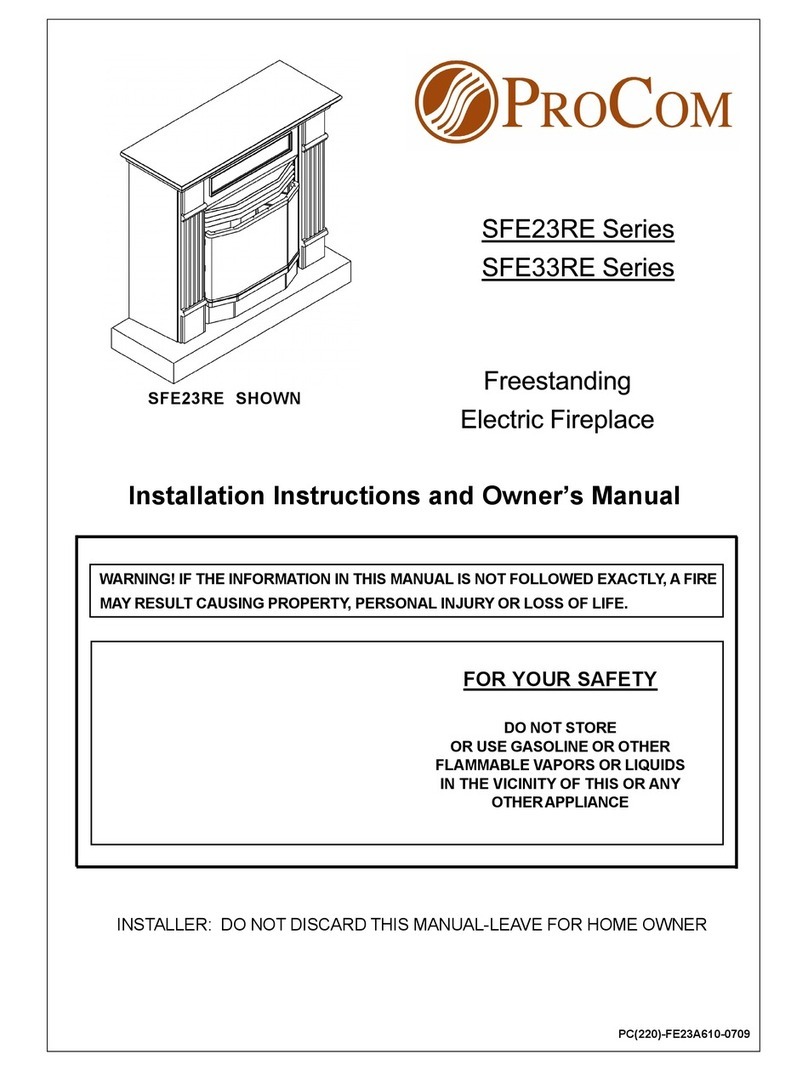
Procom
Procom SFE23RE Series Quick start guide
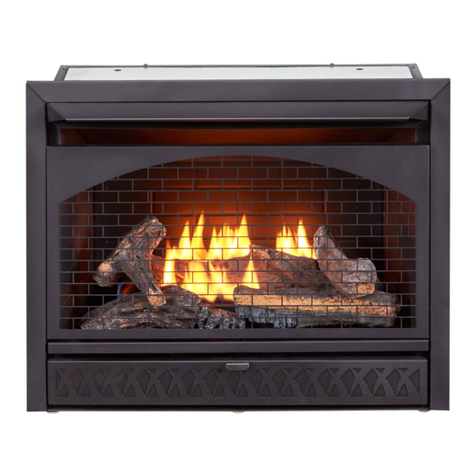
Procom
Procom FBNSD28T Quick start guide
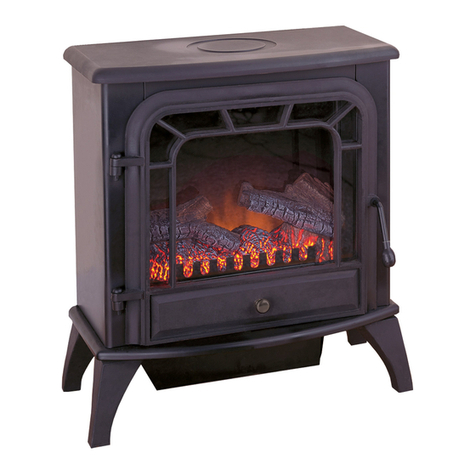
Procom
Procom V50HYLC Assembly instructions
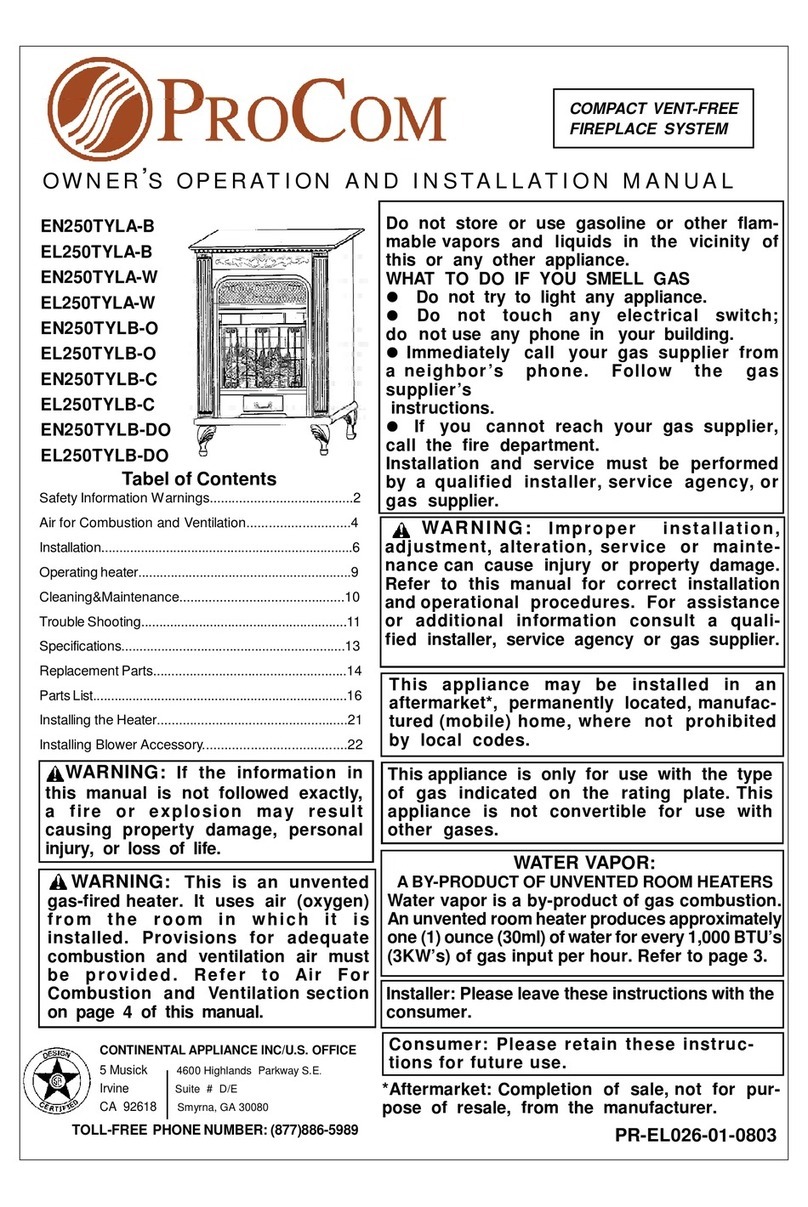
Procom
Procom EN250TYLA-B Quick start guide
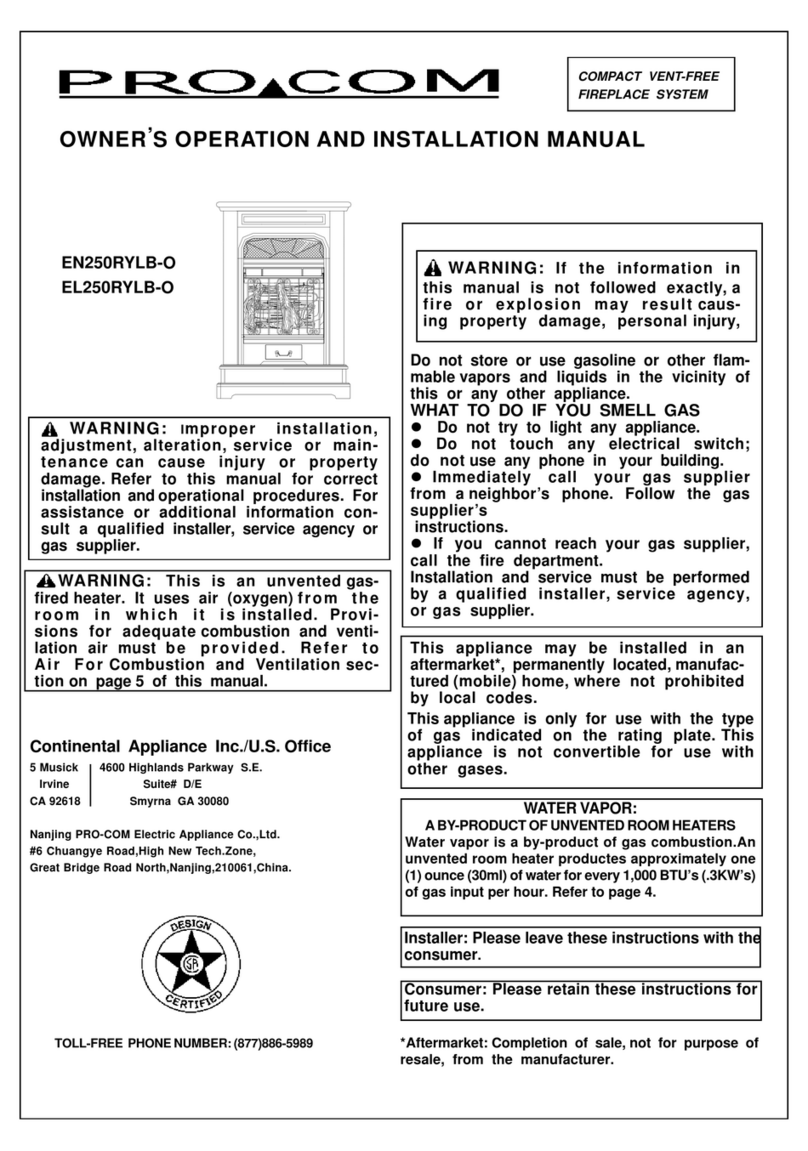
Procom
Procom EL250RYLB-O Quick start guide
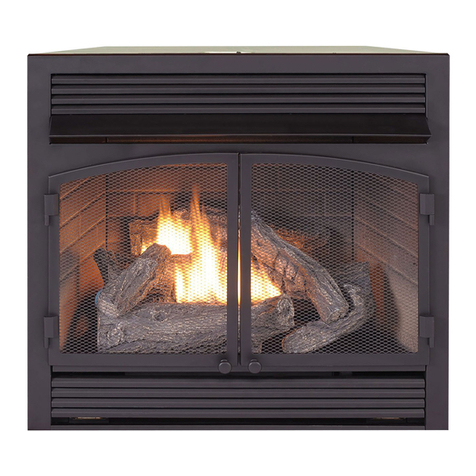
Procom
Procom FBNSD400T-ZC Series Quick start guide
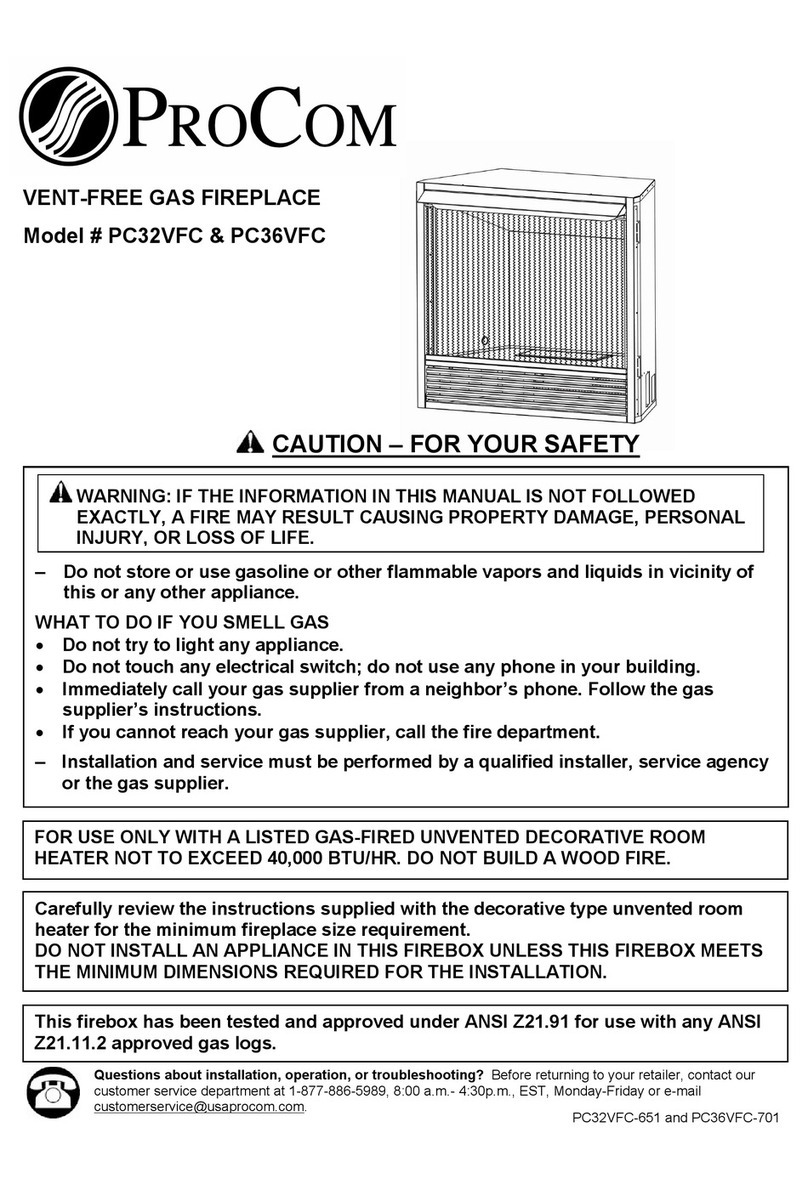
Procom
Procom PC32VFC User manual
Popular Indoor Fireplace manuals by other brands
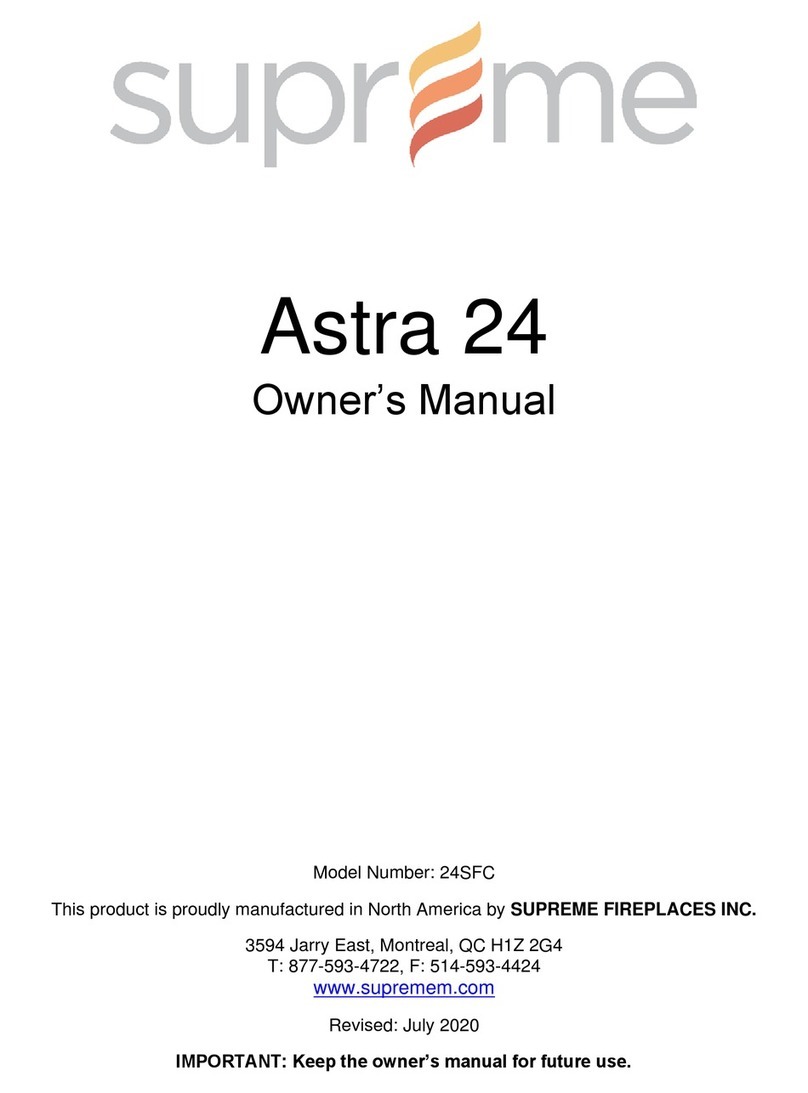
SUPREME
SUPREME Astra 24 owner's manual

Desa
Desa KC42N Series OWNER'S OPERATION AND INSTALLATION MANUAL
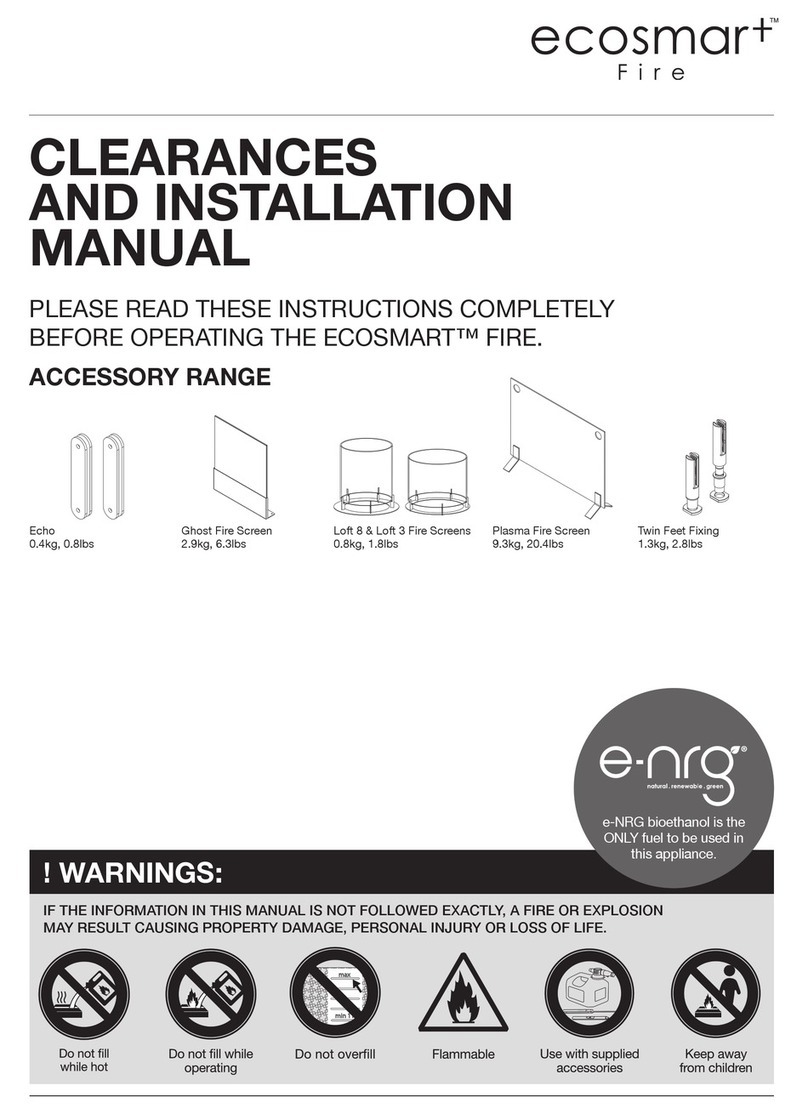
MAD
MAD EcoSmart Fire installation manual

Hussong
Hussong Kozy Heat Osseo 45 Installation and operation manual

Astria Fireplaces
Astria Fireplaces Mission36TMN Installation & operation instructions
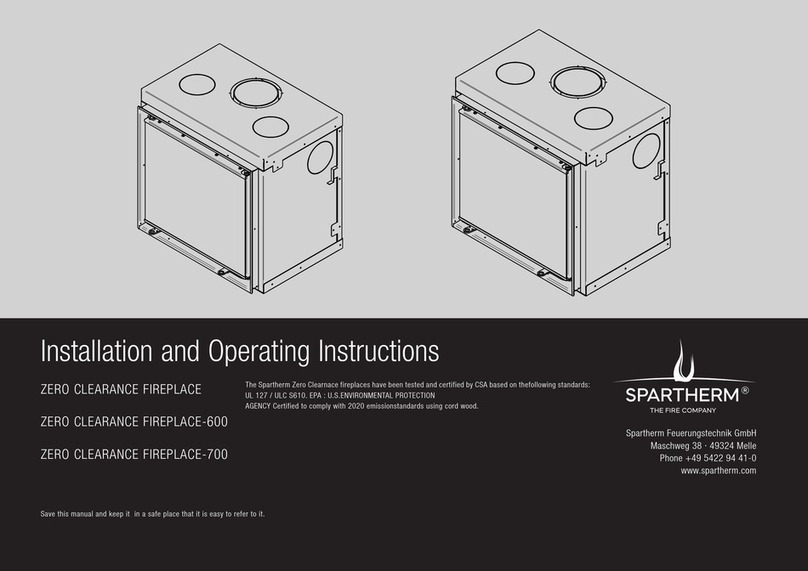
Spartherm
Spartherm Zero Clearance Fireplace-700 Installation and operating instructions
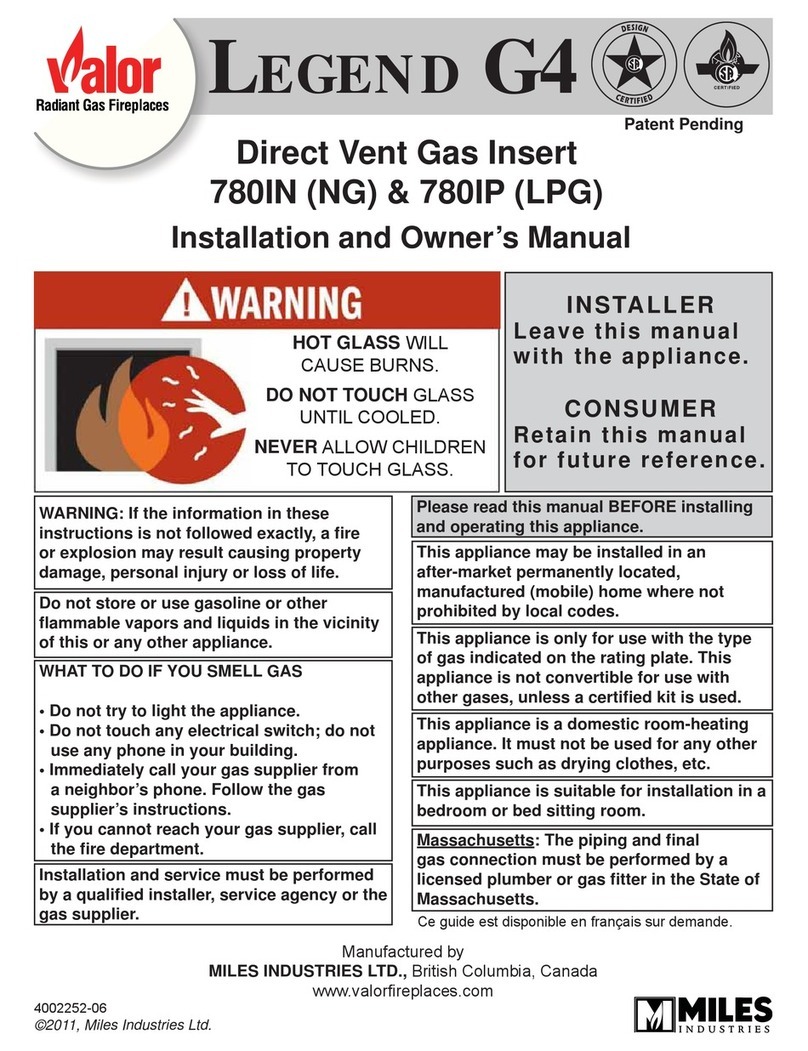
Valor
Valor LEGEND G4 780IN (NG) Installation and owner's manual
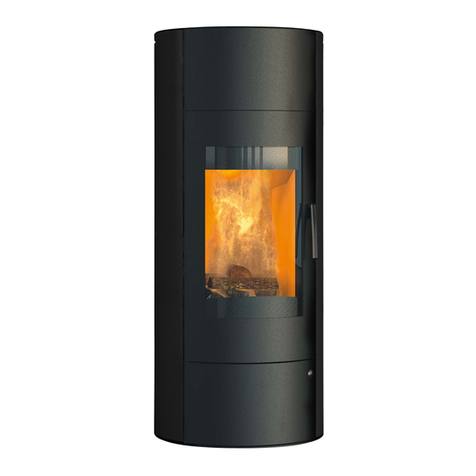
Konigshutte
Konigshutte Taurus Aqua Instruction
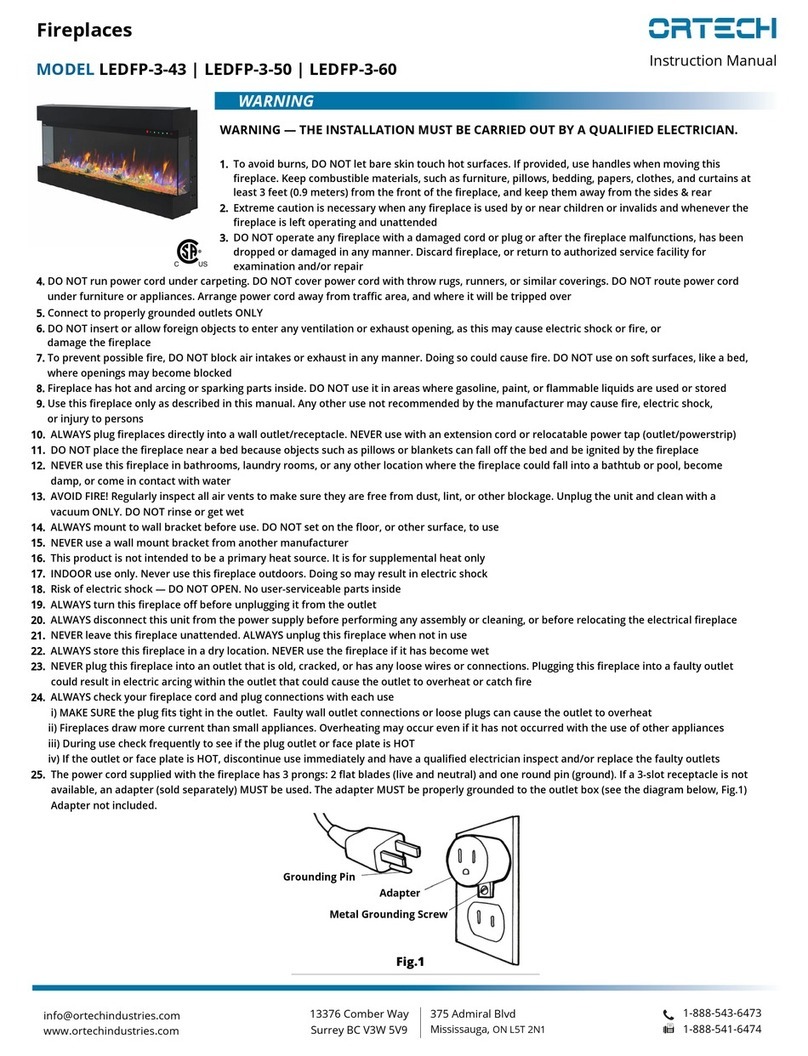
Ortech
Ortech LEDFP-3-43 manual

Riello
Riello RS 28 Installation, use and maintenance instructions
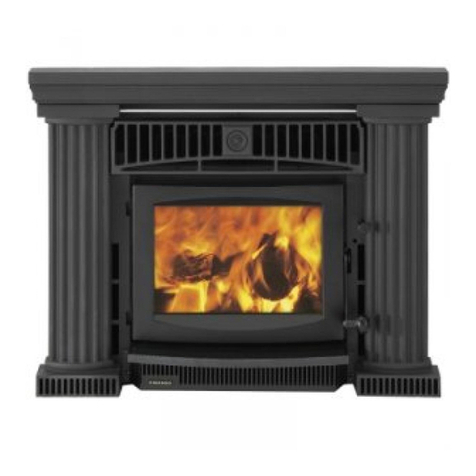
Firenzo Woodfires
Firenzo Woodfires Kompact AG Series Installation and operation guide

Dimplex
Dimplex BOF4056 Service manual

Burley
Burley 531UR operating instructions
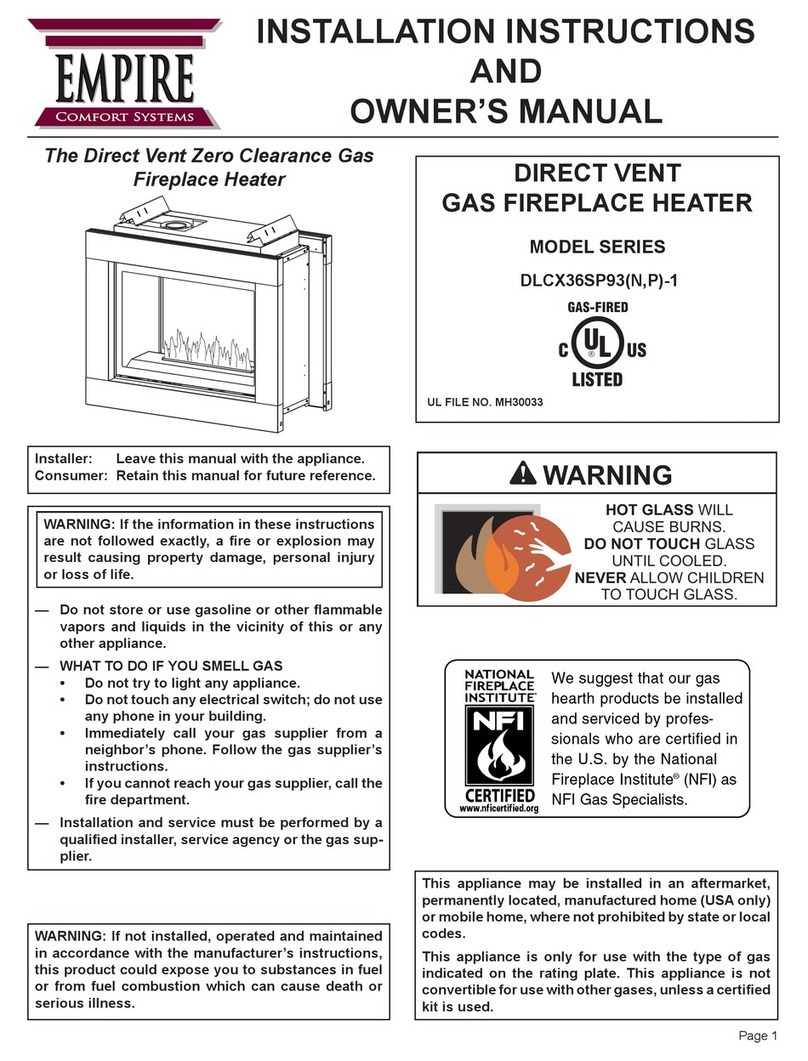
Empire Comfort Systems
Empire Comfort Systems DLCX36SP93N-1 Installation instructions and owner's manual
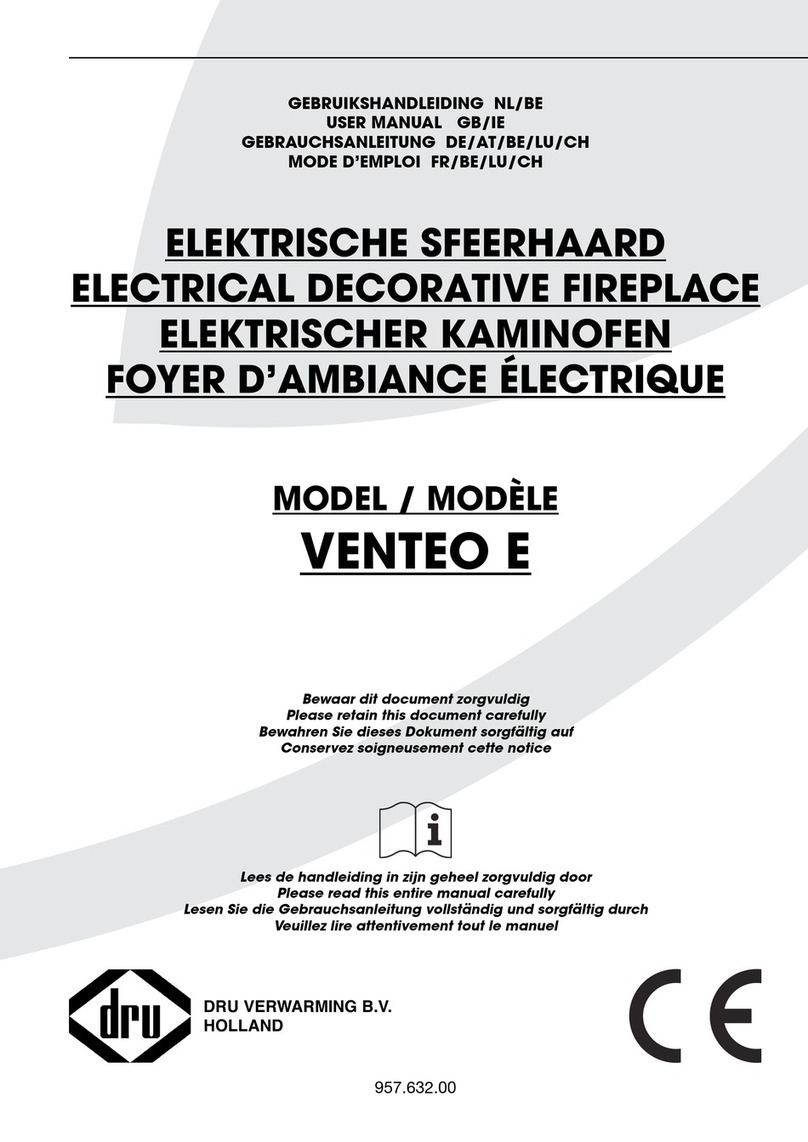
Dru
Dru Venteo E user manual
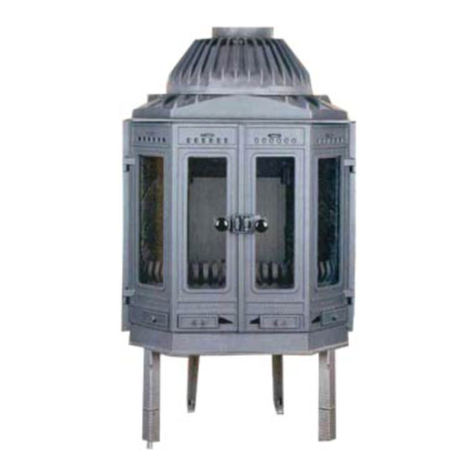
Dovre
Dovre 1800 Installation instructions and operating manual
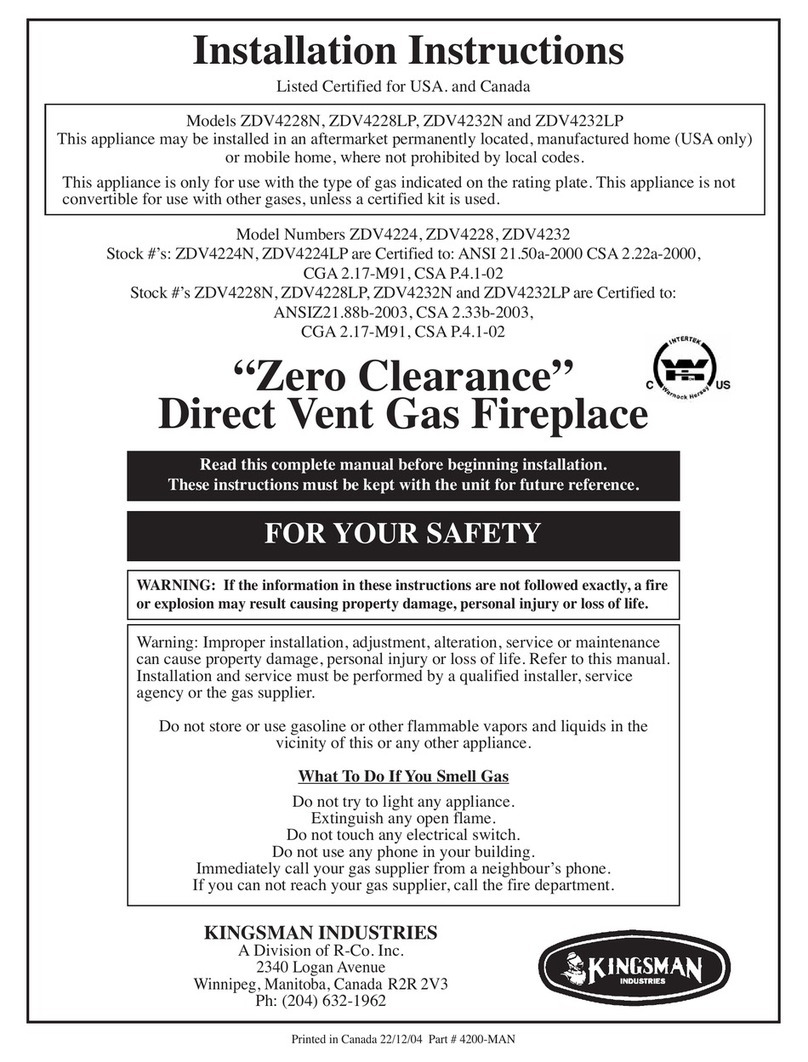
Kingsman
Kingsman Zero Clearance ZDV4228N installation instructions
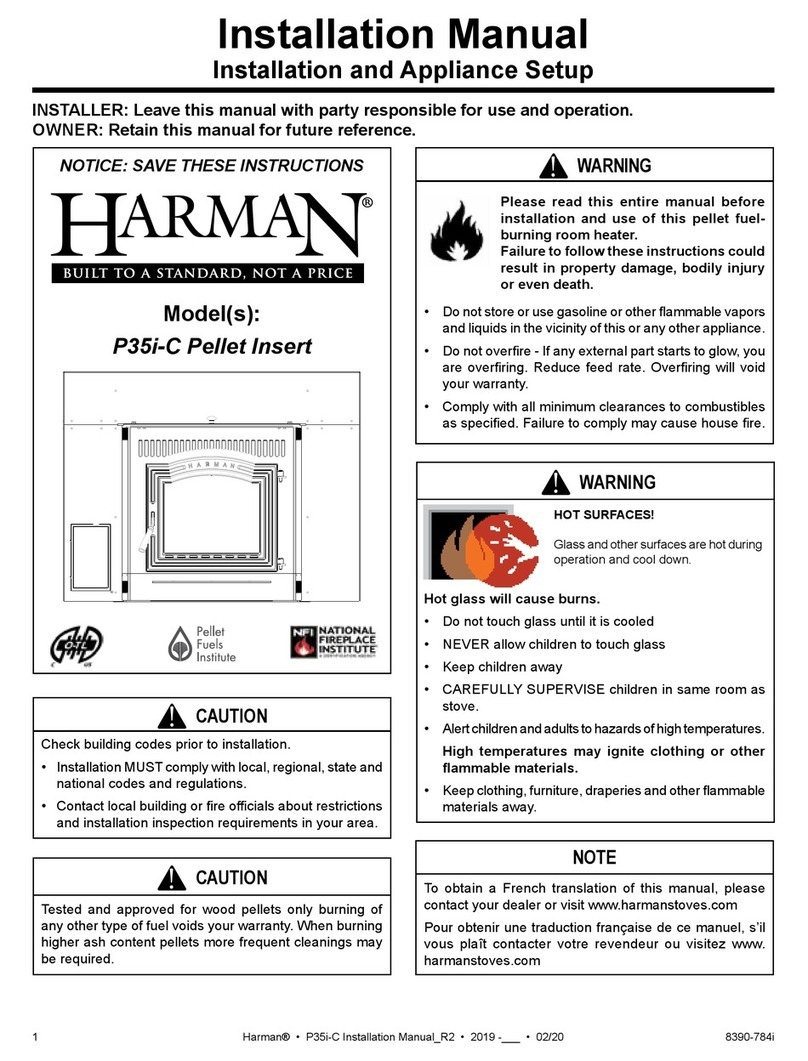
Harman
Harman P35i-C installation manual
